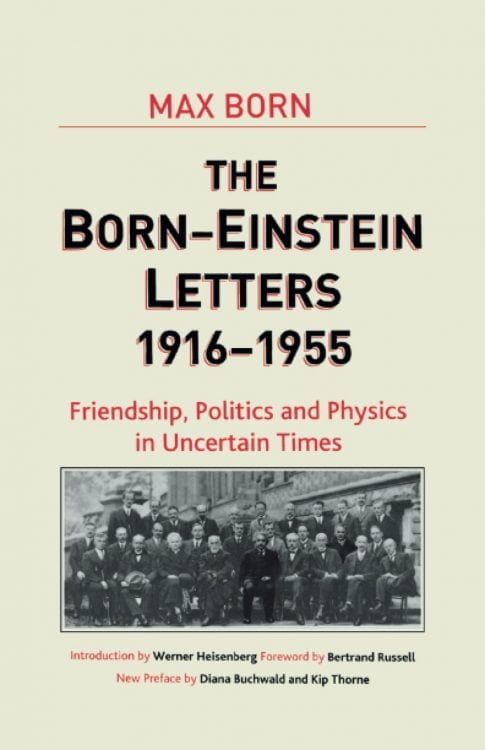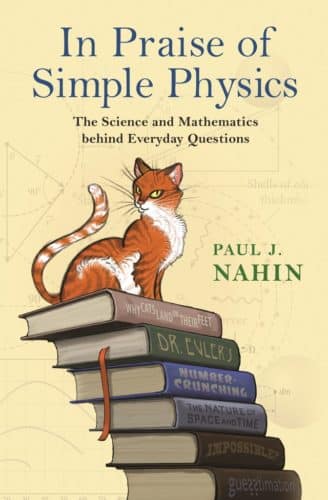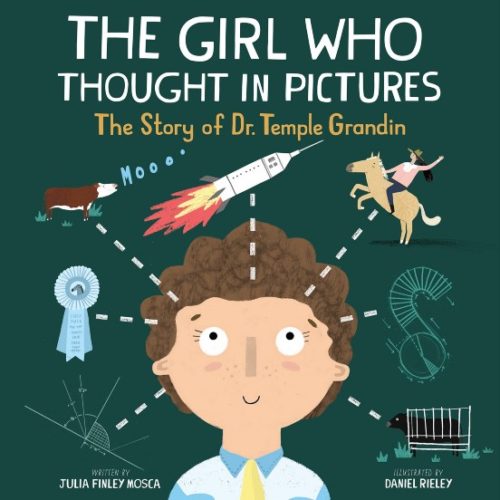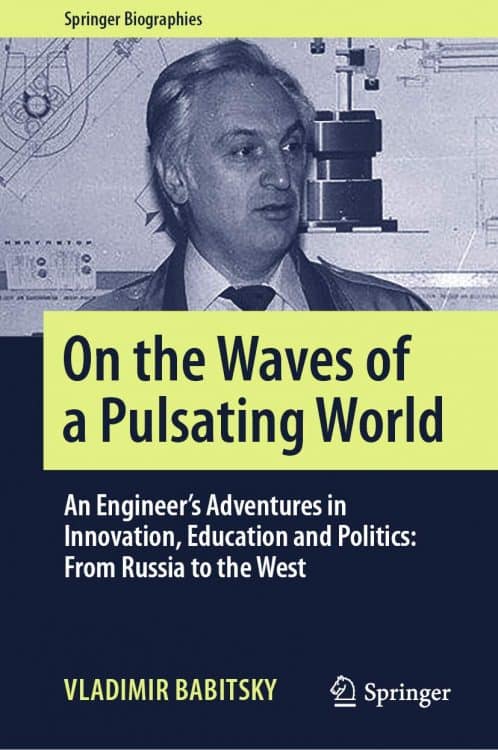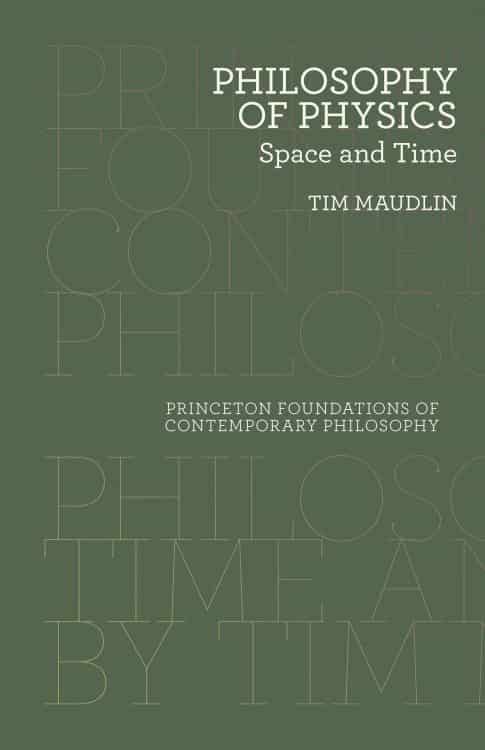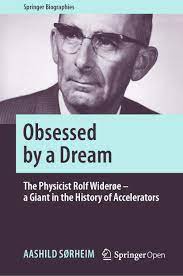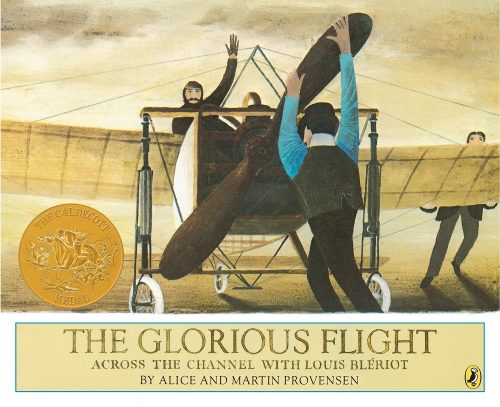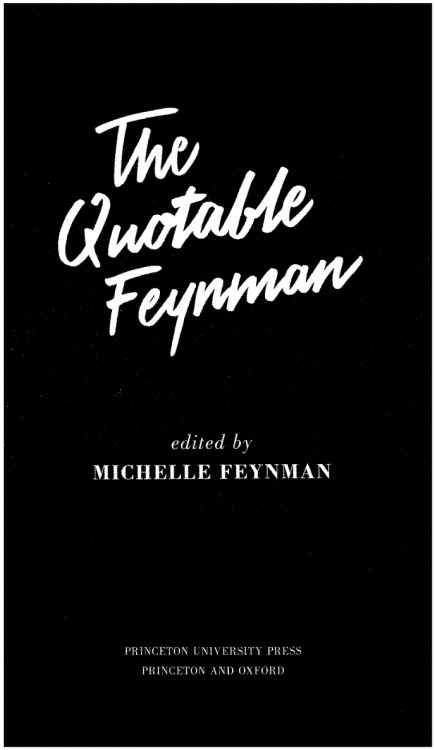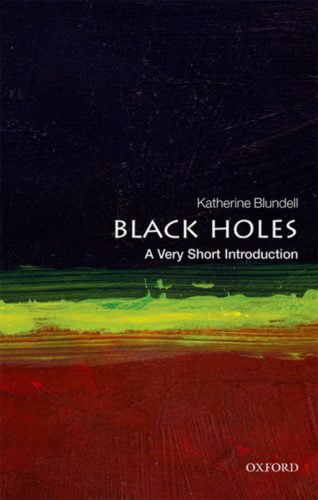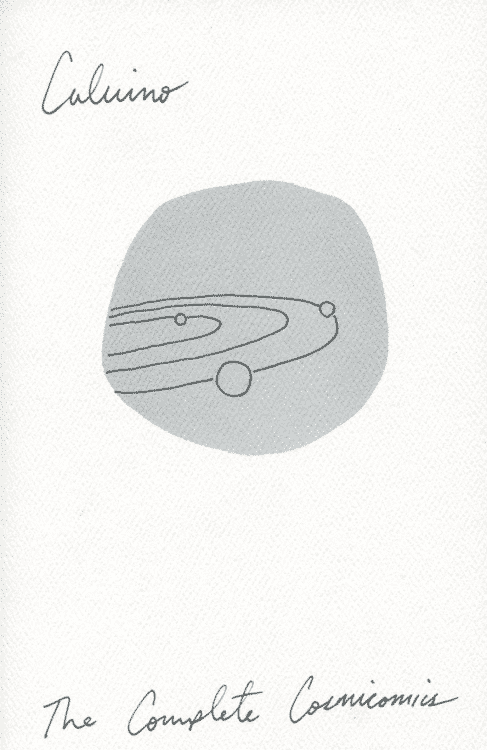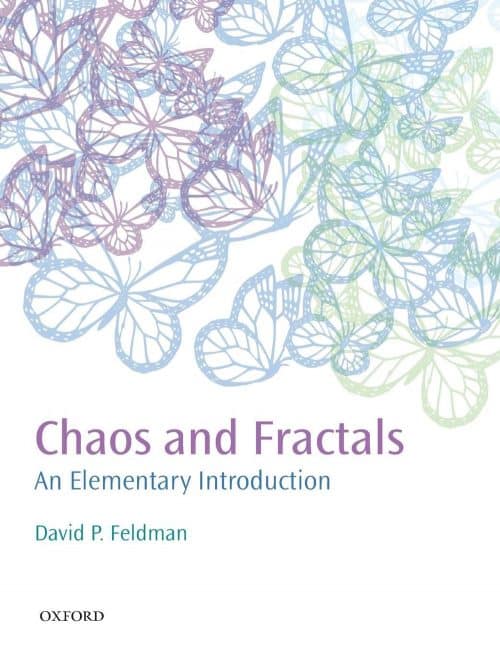In 1891, Marie Sklodowska, then 24 years old, relocated from Warsaw to Paris, where she got employment in the laboratory of Pierre Curie, a physicist who was conducting research on heat and magnetism at the time. They became head over heels in love. They rode bicycles across the country for their honeymoon. They expanded the periodic table by discovering two new elements, radium, and polonium, both of which possessed surprising properties. The recognition of radioactivity as an atomic property signaled the beginning of an entirely new era in scientific discovery. They were awarded the Nobel Prize. The Curies’ romance was mythologized by the media, with articles on the couple beginning with the phrase “Once upon a time… ” Then, in 1906, Pierre was tragically killed in an automobile accident. Marie was the only one who continued their task. In 1911, she was awarded a second Nobel Prize for physics, and she fell in love for the second time, this time with the married physicist Paul Langevin. A scandal erupted as a result. There were duels fought.
The Curies’ work has spanned a century, during which we have grappled with nuclear weapons proliferation, discussed the role of radiation in medical treatment, and considered nuclear energy as a solution to climate change. Lauren Redniss’ novel Radioactive weaves these divisive issues with a love story set in nineteenth-century Paris.
In addition to Redniss’s original reporting from Asia, Europe, and the United States, as well as her interviews with scientists, engineers, weapons specialists, atomic bomb survivors, and Marie and Pierre Curie’s granddaughter, Radioactive draws on a variety of other sources.
It is impossible not to be moved by Lauren Redniss’ haunting and magical evocation of one of history’s most intriguing figures, whether you are young or old, a scientific novice or a seasoned professional.



